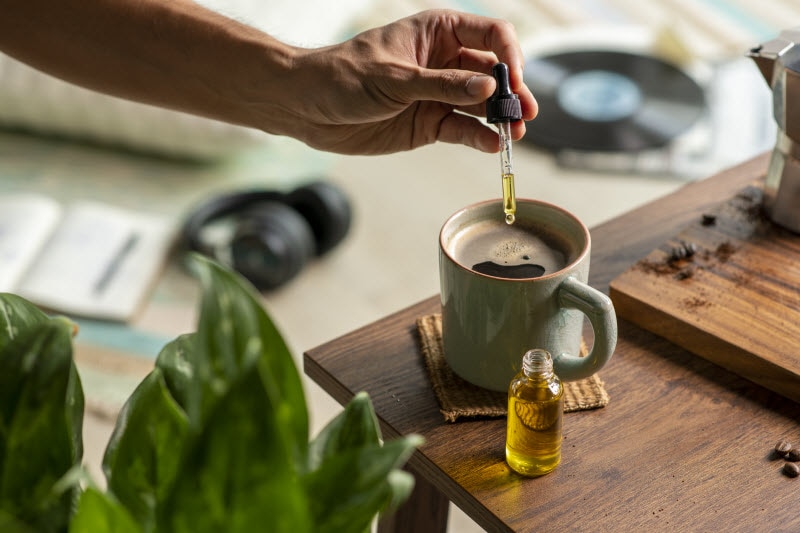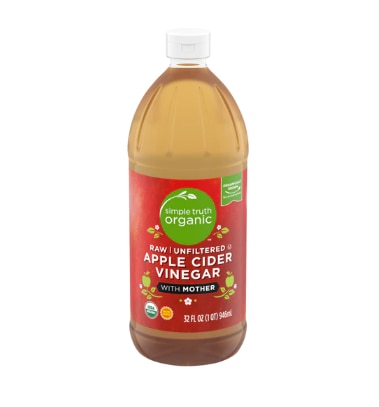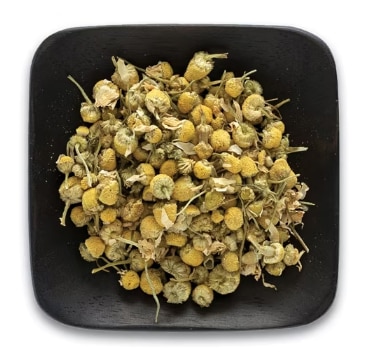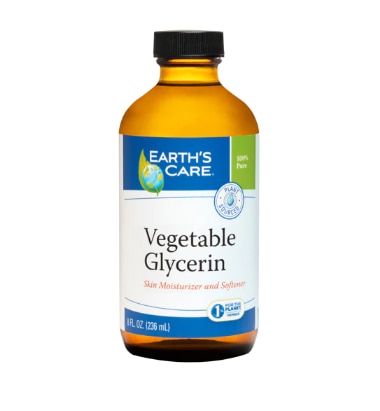Are you familiar with herbal tinctures? These are concentrated liquid plant extracts, usually with beneficial applications. Tinctures are a primary component of traditional medicine, which the World Health Organization (WHO) defines as “the knowledge, skills and practices based on the theories, beliefs and experiences indigenous to different cultures, used in the maintenance of health and in the prevention, diagnosis, improvement or treatment of physical and mental illness.”
Traditional medicine offers an integrated approach to self-care, the goal being a balanced equilibrium of the mind, body and the environment, with an emphasis on health rather than disease. The focus is typically on the overall condition of the individual, rather than on disease. The use of herbs is a core part of all systems of traditional medicine. The World Health Organization estimates that 80% of the world’s population, or about four billion people, currently use herbal medicine for part of their health care.
What is a tincture?
All of which brings us back to herbal tinctures, which are traditionally prepared by placing various types of bark, berries, roots and fresh or dried leaves into a liquid solvent. The solvent liquid extracts the active nutrients from the from plant materials via maceration, also called cold collation.
The most common solvent used in tincture making is alcohol, typically vodka, but some herbalists prefer white rum or brandy, or even wine with at least 12.5% alcohol volume for more delicate herbs, such as chamomile, lavender, holy basil and catnip. For those who would rather avoid alcohol altogether, apple cider vinegar or vegetable glycerin may also be used effectively.
While commercial herbal products can be pricy, DIY wellness warriors will be glad to know that tinctures are inexpensive and simple to create at home. If you wish to make your own, you will first want to consider which botanicals to use. Here are a few which are often used in herbal tinctures and their benefits:
Chamomile (Chamomilla recutita)
CHamomile is one of the most ancient medicinal herbs known to humankind, rich in beneficial terpenoids and flavonoids. As one medical study describes, chamomile has been used traditionally for hay fever, inflammation, muscle spasms, menstrual disorders, insomnia, ulcers, wounds, gastrointestinal disorders, rheumatic pain, hemorrhoids and more.†
Lavender (Lavandula)
Lavender has been appreciated for centuries around the world, initially in the Mediterranean region. This aromatic herb contains essential oils, sugars, minerals, anthocyanins, phytosterols, coumaric acid, glycolic acid, valeric acid, ursolic acid, herniarins, coumarins and tannins. Lavender has long been used as gentle relaxant and sleep aid. A systematic review of 15 studies found that inhaling essential oils, including lavender, had positive effects in people with mild sleep disturbances.†
Ginger (Zingiber officinale)
Ginger originated in Southeast Asia as a natural remedy for a variety of health purposes. Ginger is rich in beneficial gingerols, the pungent compounds present in the rhizomes, or underground root system, which are renowned for their contribution to human health and nutrition. Accumulated investigations suggest that ginger may have antioxidant, anti-inflammatory and anti-nausea properties, among other benefits.†
Turmeric (Curcuma longa)
Turmeric, the darling of Ayurveda, India’s traditional medical system, is universally respected for its anti-oxidative and anti-inflammatory properties, due to the curcumin it contains, according to the National Center for Complementary and Integrative Health. This is important because chronic inflammation is linked to many health concerns. Given the link between systemic inflammation, oxidative stress and illness, the beneficial properties of curcumin may play an important role in maintaining health over time.†
Garlic (Allium sativum)
Garlic has been used since ancient times as a culinary spice and to treat a variety of ailments. It has long been studied for its medicinal and therapeutic effects in the treatment of various human diseases, due to the beneficial sulfur compounds it contains, such as allicin, ajoene, vinyl-dithiin, and more. Research suggests that garlic may have promising applications in the development of functional foods or nutraceuticals for supporting different areas of health.
How to make a tincture
With all this in mind, you may be eager to start making tinctures. If you like the idea of a cool shortcut to take advantage of prepared botanicals−alone or in beneficial combinations−use bulk tea for your dried herbs, roots and flowers! This is especially effective for small starter batches. Fun options include:
So, now that you are familiar with some of the main ingredients used in herbal tinctures, how can you make your own? Happily, it is easier than you may think. Start with your herbs of choice, depending on your goal. For a simple digestive tonic, you might pair peppermint and ginger, for example. Or, for gentle sleep support, lavender and chamomile combine well. For a room or body mist, try rose hips, lavender, and jasmine. Your botanical options abound! Traditionally, the basic ratio of herb to solvent liquid is:
- 1-oz dried powdered or chopped herb or 2-oz fresh
- 1-pt alcohol such as vodka, vinegar or vegetable glycerin
Simply combine your chosen herbs and extraction liquid in a non-reactive glass container, like a Mason jar. Once prepared and tightly sealed, you will want to place your mixture in a warm, dim spot for approximately two weeks, such as a pantry, or near the stove covered with a dark cloth. To facilitate the maceration process, give your jar a gentle shake once or twice daily.
After a minimum of two weeks, place a nut milk bag or piece of cheesecloth over the mouth of your jar, and carefully strain out the liquid, discarding the remaining herbal solids. Store your tincture in a dark, non-reactive container, such as a small amber or cobalt glass tincture bottle with dropper.
When you are ready to try your DIY herbal elixir, what is a safe dosage? The traditional recommendation is typically 20-60 drops 2-3 times per day for a 150 pound adult. Learn more about correct dosages for all ages before beginning. For safest results, less is more initially. A conservative approach is to start with 5-10 drops of your tincture in a small serving of water, juice, or tea, building up the potency gradually.
It pays to ease in cautiously, as there are no real scientific standards for dosing. In fact, the British Herbal Pharmacopeia itself offers no definitive explanation on how the recommended dosages originated; they are based on theory and tradition.
How to use a tincture
On a final bright note, your herbal tincture is a multi-use product! Beyond medicinal applications, you can also enjoy it in the following ways:
- As a topical body mist or natural deodorant
- As a chemical-free “perfume” when you emphasize fragrant botanicals, like lavender, rose, jasmine, calendula, etc.
- For treating cuts, abrasions, rashes, or minor wounds
- In a soothing soak for tired, sore feet
- As a room freshener or disinfecting household mist
If you dig DIY, this is a compelling project, as it is fun, easy and yields lovely, beneficial results which you can use to enhance your own well-being and share as gifts with those you love. Happy creating!
†These statements have not been approved by the Food and Drug Administration. These products are not intended to diagnose, treat, cure or prevent disease.




